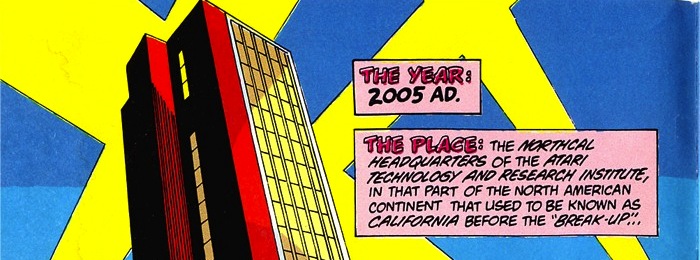
SC2 is arguably the best computer game ever; definitely in the top 7 in any case. The singleplayer campaign is brilliantly and hilariously written and scripted, with groundbreaking music and addictive ship combat and minigames, but the supermelee mode it includes allows indefinite 2D pseudo-SpaceWar duelling with computer or human players between any of a wide, wide variety of alien spacecraft. (The ships are carefully balanced with their primary and secondary attack modes, hearkening back to an earlier chess-like game by one of the primary developers Paul Reiche III, Archon, phonetically echoed in this game's abbreviation: StarCon.) It is the sequel to a solid series launch and sadly had a critically panned third game made by a different dev team entirely, which canned the whole franchise for a decade and a half. I never realised to what extent it was built on the shoulders of giants until I read the CRPG Addict playing through the Starflight games, and barring a Star Control sequel, what the world really needs is those games re-implemented in the Ur-Quan Masters engine. (OK, maybe a few other things first.) But we'll see, let's give these guys a chance.A GREAT WAR.
A LOST PARADISE.
AN EPIC ADVENTURE.STAR CONTROL II
THE QUEST FOR EARTH BEGINS.
Not a lot of nits to pick in this ad; it's shooting for a suitable epic feel (explicitly), but what is lost here is any sense of the cartoony hilarity the game offers: it's jarring to see the goofy Spathi cruiser rendered as a serious space station. Also, the artist had evidently had a Kzer-Za Ur-Quan described to him without ever actually seeing one in-game.
I'll close with some personal anecdotes. When I heard SC2's .MOD music coming out of my PC speaker for the first time I just about plotzed. Back in high school I took some quite detailed notes regarding new ships I'd like to introduce into the Supermelee, and which I attempted to partially (no sprite editing) implement using a ship statistic editor some hacker had thrown together. Every morning before class for several months (and every afternoon when class was done!) I'd convene at a friend's house and we would sharpen our ship-to-ship combat skills. Another friend who asked for a good game was given this, then complained that we had given "the best" game, which demanded more of her time and focus than she had wanted, and who feared finding all subsequent games lacking.


.JPG)


